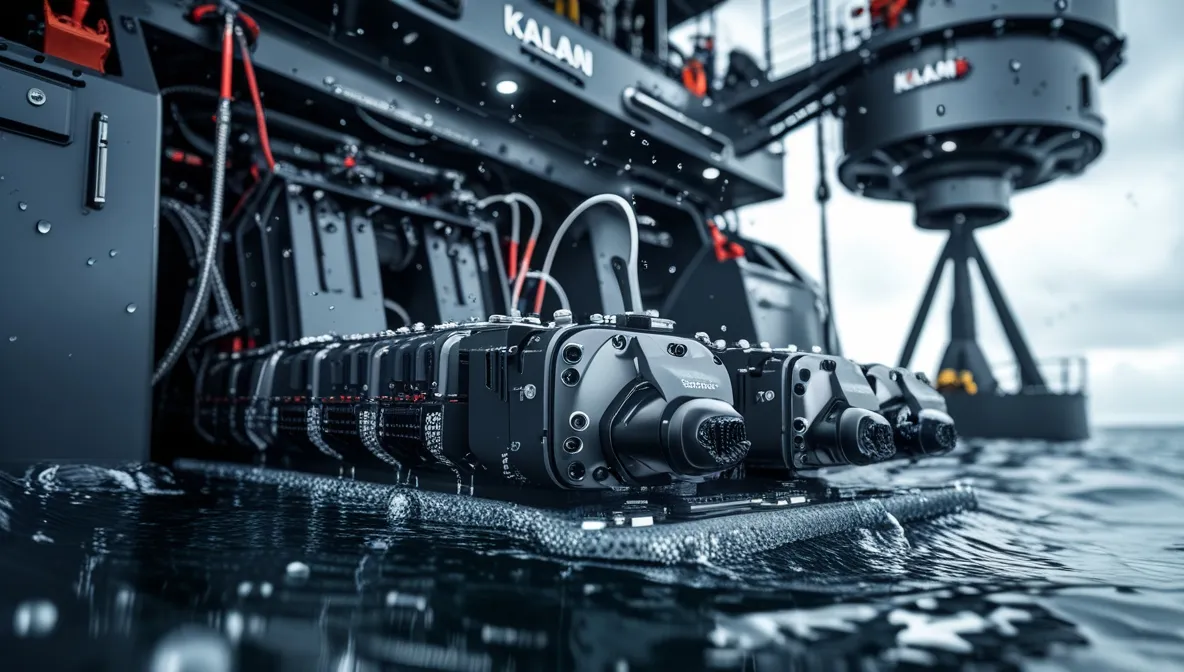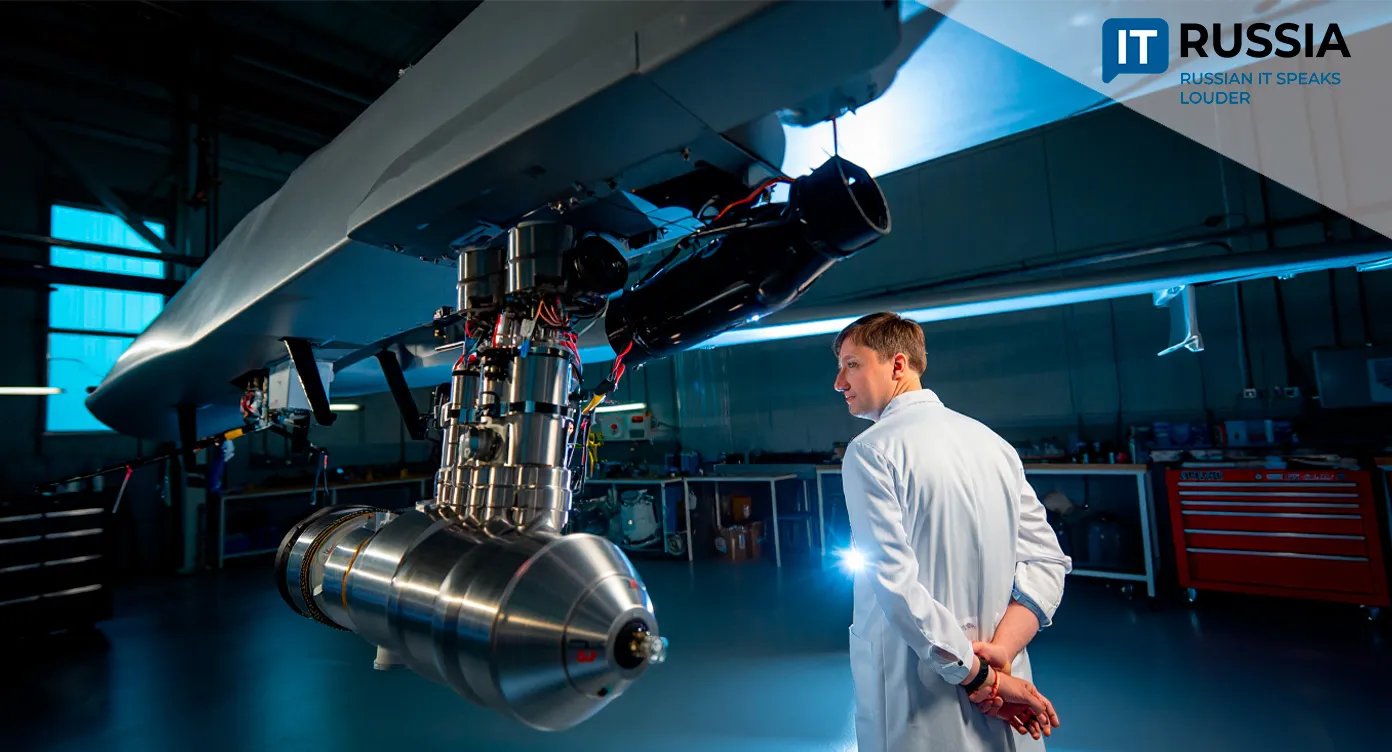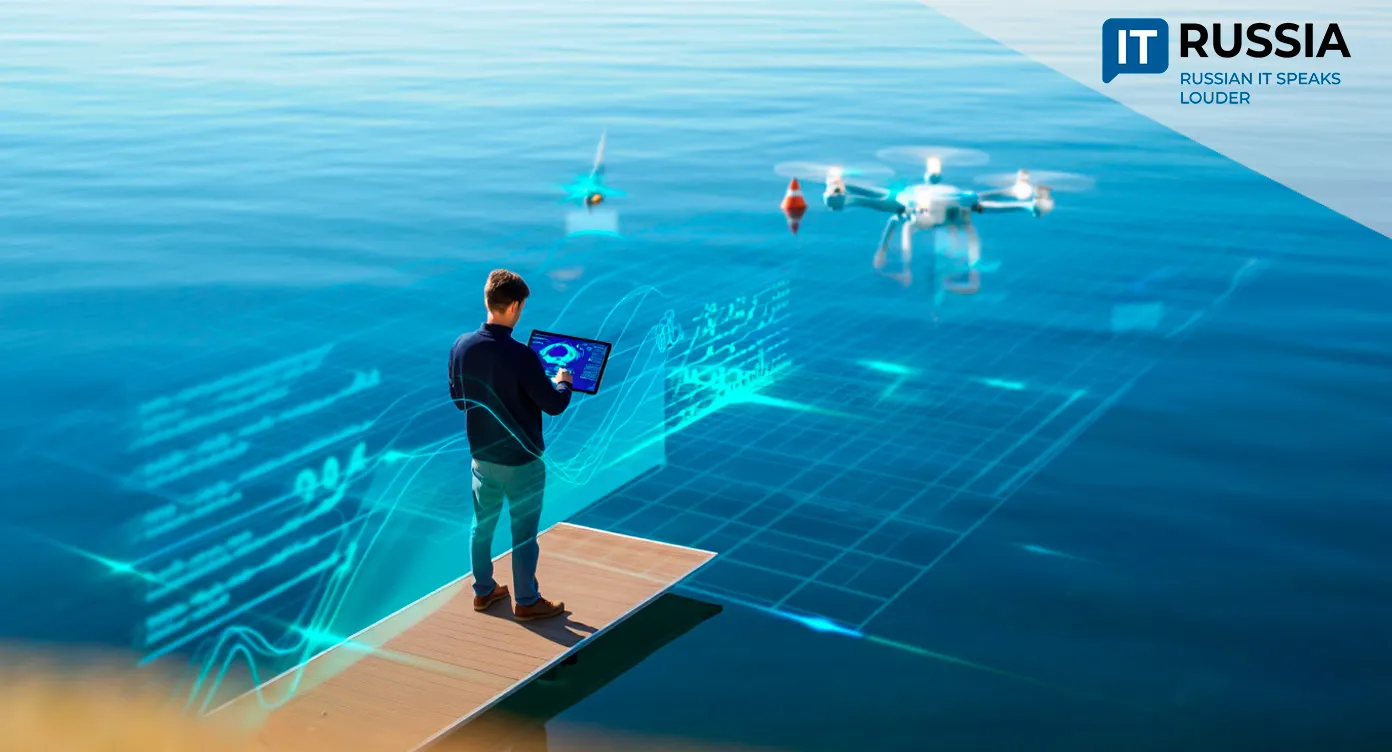Kalán: Russia’s Uncrewed Catamaran That Saves Divers from Dangerous Missions
A new uncrewed surface vehicle, developed by Russia’s All-Russian Research Institute for Civil Defense and Emergency Situations, is redefining underwater safety. The ‘Kalán’ catamaran performs hazardous underwater inspections and monitoring tasks, reducing the need for human divers in high-risk environments.

Technology Replacing Risk
Unveiled at the Interpolitex 2025 exhibition, the Kalán catamaran drew wide attention for its potential to revolutionize underwater operations. Developed jointly by the All-Russian Research Institute for Civil Defense and Emergency Situations (EMERCOM) and Fort XXI Research and Production Enterprise, the system is designed to perform the work traditionally handled by divers — but without putting human life at risk.
The Kalán is equipped with cutting-edge sensors: the SKAT-200M echo sounder, a side-scan sonar (GBO), and an ISZ sound velocity profiler. This hardware suite enables it to scan riverbeds and inspect submerged structures such as bridge supports, dams, pipelines, and locks. In critical situations — from emergency response to scheduled maintenance — every minute counts, and replacing human divers with robotics technology significantly reduces the risks involved.

Why It Matters
For the public, the adoption of Kalán means fewer diving-related accidents, faster emergency response, and higher inspection accuracy.
For the engineering sector, it represents a breakthrough in infrastructure monitoring capabilities. And for the nation, it’s another step toward technological independence — the catamaran is a fully domestic development built around locally produced components and software.
From Lab to Real-World Deployment
Over the next one to two years, the Kalán will undergo field trials at major hydrotechnical sites, including bridges, hydroelectric dams, and seaports.
Future upgrades include autonomous navigation along programmed routes, defect recognition powered by AI, and integration with digital management systems.

Within three to five years, such platforms could become standard equipment for Russia’s EMERCOM, State Inspectorate for Small Vessels (GIMS), and water management enterprises. There’s also clear export potential, particularly in Asia and Africa, where water infrastructure is rapidly expanding and robotic inspection systems remain rare.
A New Era for Maritime Robotics
Kalán isn’t Russia’s first foray into aquatic robotics. Previous initiatives include the ‘Tiamat’ underwater drone from the State University of Education, catamarans from Petrozavodsk State University, marine drones from the Kingisepp Machine-Building Plant, and research systems developed by the Institute of Control Sciences of the Russian Academy of Sciences. However, Kalán stands out for its practical focus — emergency response — and its integration with government rescue services.

What Comes Next
The success of Kalán will depend on the reliability of its systems under real-world conditions, the training of specialists to operate it, and the establishment of regulatory frameworks for uncrewed surface operations.
If these challenges are met, Russia could develop an entire ecosystem of surface and underwater robots working in tandem with smart infrastructure and digital twins — replacing not just divers, but entire classes of manual underwater labor.










































